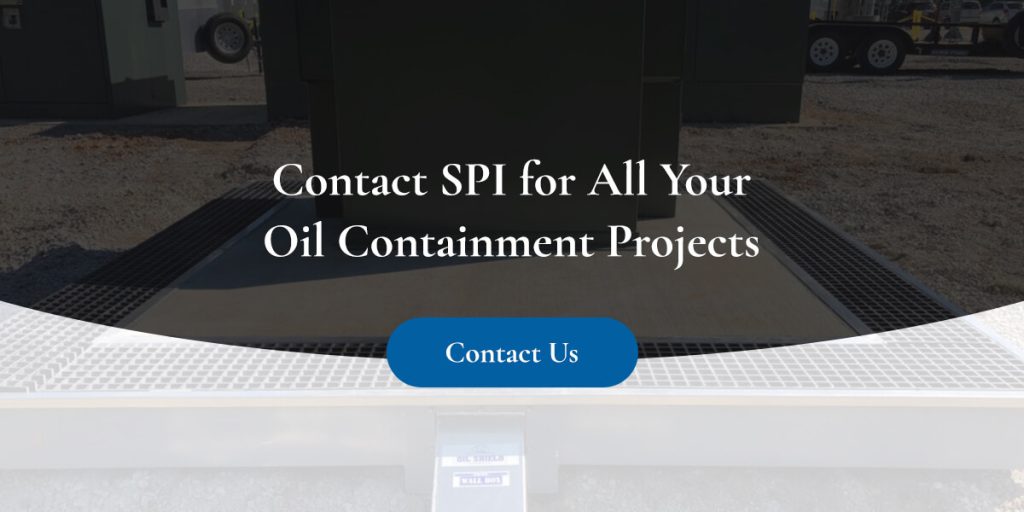Your secondary oil containment systems are critical to protecting the environment from oil spills, yet those berms create another challenge — effective water drainage. Recent swings in unprecedented weather may test even larger units with significant or sustained rainfall or flooding events. When these secondary containment products fill with precipitation, they can’t accurately do their jobs.
There are several paths you can take to address this issue. For example, you could construct a covering or roof, though it won’t provide 100% effective protection against precipitation.
Some companies manually pump or remove the water, which increases labor costs and takes personnel away from other key tasks. Similarly, discharging the water into the surroundings can take anywhere from a few minutes to an hour, depending on the containment size. If there are multiple units, the labor commitment mounts quickly. An operator could also forget to close a valve, rendering your secondary containment unit ineffective.
Instead, you can invest in innovative technology that automatically handles the task for your facility around the clock.
Contact Us
Rainwater Discharge
There are several steps to take before discharging rainwater to the ground, including:
- Conduct a visual inspection for pollutants: Look for oil sheen and any floating solids or debris. If any of these are present, you shouldn’t release the water.
- Observe abnormalities: Check the water for any odd appearances, such as cloudiness or discoloration, and any strange odors. You shouldn’t discharge water with any inconsistent characteristics that could indicate pollutants are present.
- Test the acidity and alkalinity: Use appropriate pH testing methods to measure the water’s characteristics. According to Environmental Protection Agency guidelines, water should have a pH between 6.5 and 9 before discharge.
- Document your discharges: Keep a record of any rainwater you release from your secondary containment units. Doing so helps build evidence you’ve conducted an inspection.
SPI Patented Pump-Thru Barriers™
Solidification Products International Inc. has developed an alternative solution for secondary oil containment water drainage in our innovative Pump-Thru Barriers.
These barriers combine with a sump pump and our patented Petro-Barrier™ material to provide high-volume rainwater removal with 100% effective oil containment. In major oil spill events, the unit seals completely for spill control and to prevent discharge.
Our highly trained technicians and a team of contractors can install your Pump-Thru Barrier wherever your facility needs protection in a containment area, even after the original construction. They work with a group of contractors on-site to ensure accurate installation and operation. With less manual pumping, your crew can focus on more strategic work.
The Pump-Thru Barrier oil containment solution can handle the rigors of cold weather extremes when outfitted with our custom heating blankets. We’ve tested them at temperatures as low as -40º, so you can have confidence in continuous operation and protection.




